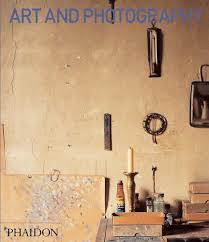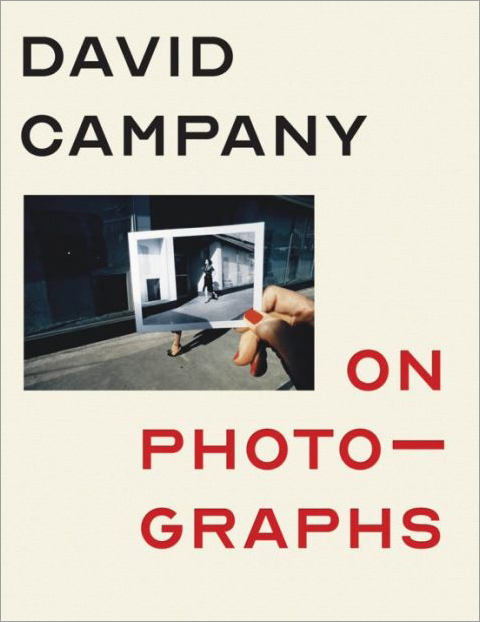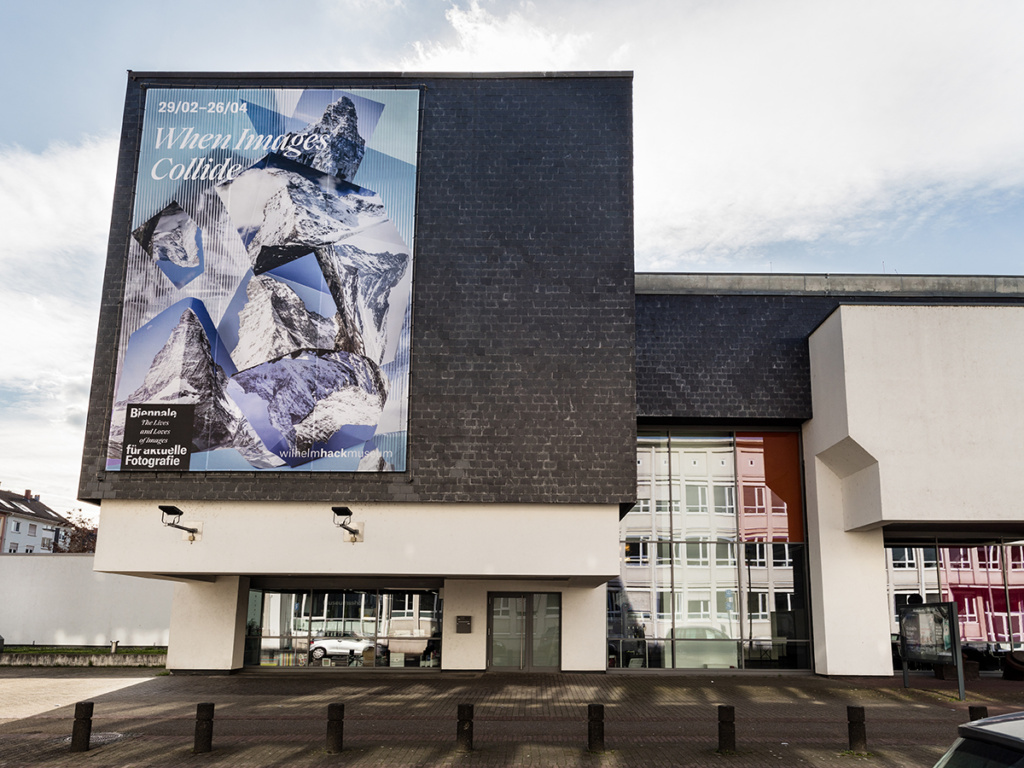Interview with Campany by Ksenia Nouril, May 2020
In 2003, you published your seminal book Art and Photography (Phaidon). If you could update it in 2020, what would you now include?
That book has been republished several times, and it’s still in print, miraculously, but it was never updated. I don’t think I’d want to update it. Most art books should be left as they are, and if they survive, it’s either because they still feel contemporary or they become valuable period pieces. I’ll leave the reader to decide about that particular book! Also, updated books remind me of aunts and uncles still trying to prove they can disco-dance. Not a good look.


What should we expect from your forthcoming and much-awaited publication On Photographs (MIT Press, 2020), which, through your selection of 120 images, explores how – not just what we think about photographs.
This book is a delayed reply to Susan Sontag, who a long time ago suggested I write it (I met her when I was an undergrad). It is a book on photographs, rather than on photography. I always start from the specifics, of specific images, rather than the abstract category or phenomenon of ‘photography’. So, it’s a book about the specifics of looking – about how we look, and how we think about what we’re looking at. It’s an attempt to cultivate a complex how. It’s not a book telling you why these images are good. There are enough opinionated books out there already.
What are your thoughts on the relationship between analog and digital photography?
If light is hitting a light-sensitive surface, whether it’s chemical or electronic, it’s analog.

How does the Internet shape your work as a writer and curator of photography? How have the Internet and platforms like Instagram changed the landscape of photography today?
It’s changed it in all the obvious ways we know. Algorithms, which are really a refinement of ideology, have entrenched and deepened the image landscape that was already there. I’m currently rereading a lot of the early commentators on the medium, like William Henry Fox Talbot and Oliver Wendell Holmes. They predicted quite clearly the image world we are familiar with here in the 21st century. The potential was there from the start. That’s kind of humbling.
When reviewing work for a competition like this, how do you take into consideration process versus content?
Photography can be talked up or talked down. We see lots of not so good photography being talked up or explained. As if what we read or hear will automatically redeem and deepen what we see. Occasionally it does. Most often it doesn’t. If one talks a photograph or photographic project down, if one gives the worst account of it possible, and there’s still something compelling about it…well, that’s the work. That’s what needs taking into consideration.
You recently were appointed the Managing Director of Programs at the International Center of Photography (ICP) in New York. What does this new role entail?
I straddle the curatorial program of the ICP and the school of the ICP. An ideal job for me, as this is what I’ve done for a while now – working as a curator and as an educator. Now it’s all under one roof, and a very nice roof it is, too. The ICP has brand new premises on the Lower East Side with an amazing suite of galleries. I arrived about a week before the [COVID-19] shutdown, sadly. But I’m looking forward to really getting to work. Lots of plans brewing!

The COVID-19 pandemic has disrupted the life and work of people around the world. A number of your projects have been directly affected, like the Biennale für aktuelle Fotografie in Germany, which you curated. Entitled The Lives and Loves of Images, it posited that “photography has come to symbolize the extremes of contemporary society.” That seems eerily prescient. How did the dichotomies of photography take shape in the exhibition?
The heart of the Biennale is six large thematic shows. They’re all very different, but they explore the mobility of photographs across time, contexts and platforms: between art and commerce, between documentary and art, between the single image and the assembly of images, between ‘original’ and reproduction, and between past and present. Sudden shifts in contemporary society are bound to cast new light on even recent cultural practices. The Biennale closed after only a week or so, but it resurfaced very quickly as a set ofonline virtual tours. I was saddened of course, but in a way, that’s part of the life of images, particularly photographs. Photographs belong everywhere and nowhere. No context, culturalmoment or platform is sovereign in the last instance, regardless of whether audiences or image makers prefer so see them in one setting and not another. The Biennale then reopened to the public, but all exhibitions are ephemeral. We tried to make the catalog as lovely as possible, and I’m doubly glad we did. Books last longer than shows or websites.

What projects are you excited to be working on now and/or in the coming months?
I’m overseeing the coming shows at the new ICP. I continue to work closely on the books of photographers I admire. Editing and writing. Next up is Mark Neville’s remarkable project Stop Bombs with Books. I’ve been without my library for a couple of years, and in that time I’ve written a lot of image-related fiction. I shall see if I can publish some more of this.
How do you think photography can be used – to positive ends – in the midst of this pandemic?
These are strange times, and nobody knows exactly what is “positive” and how to achieve it, especially in image form. What if a photograph you and I consider to be a negative cliché or irredeemable stereotype actually prompts a reactionary government senator to fight harder to combat climate change, or secure better healthcare for the working class, or guarantee women’s reproductive rights? What if well-meaning photographic art actually has more positive effects when it raises money in a charity print sale for a hospital than it does through the other meanings it might convey? I’m being provocative here, I know, but we can’t avoid considering these questions.
What are your hopes for the art world in the wake of this pandemic?
I think these days whenever we hear the phrase “art world” it has pretty negative connotations. The bloatedness. Money creating taste. The greasy pole of social advancement. The paranoia. The anxiety. The avarice. The virtue signaling. All that nonsense. There should be art in the sense that we should all be able to live imaginatively. A good teacher is an artist. A pioneering surgeon is an artist. Somehow, our culture has assumed that the artistic life is pursued by quite a narrow group in society. Art world? To be honest, I try to think about it as little as possible. Photography has always interested me because it belongs to art and it doesn’t. The inevitable tension is what is so fascinating and generative.